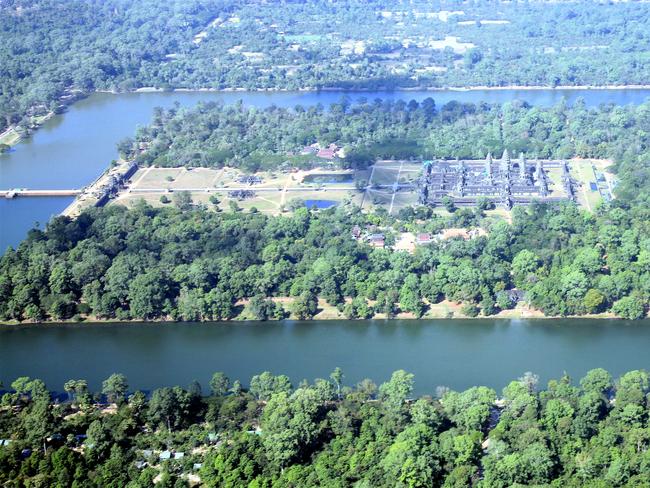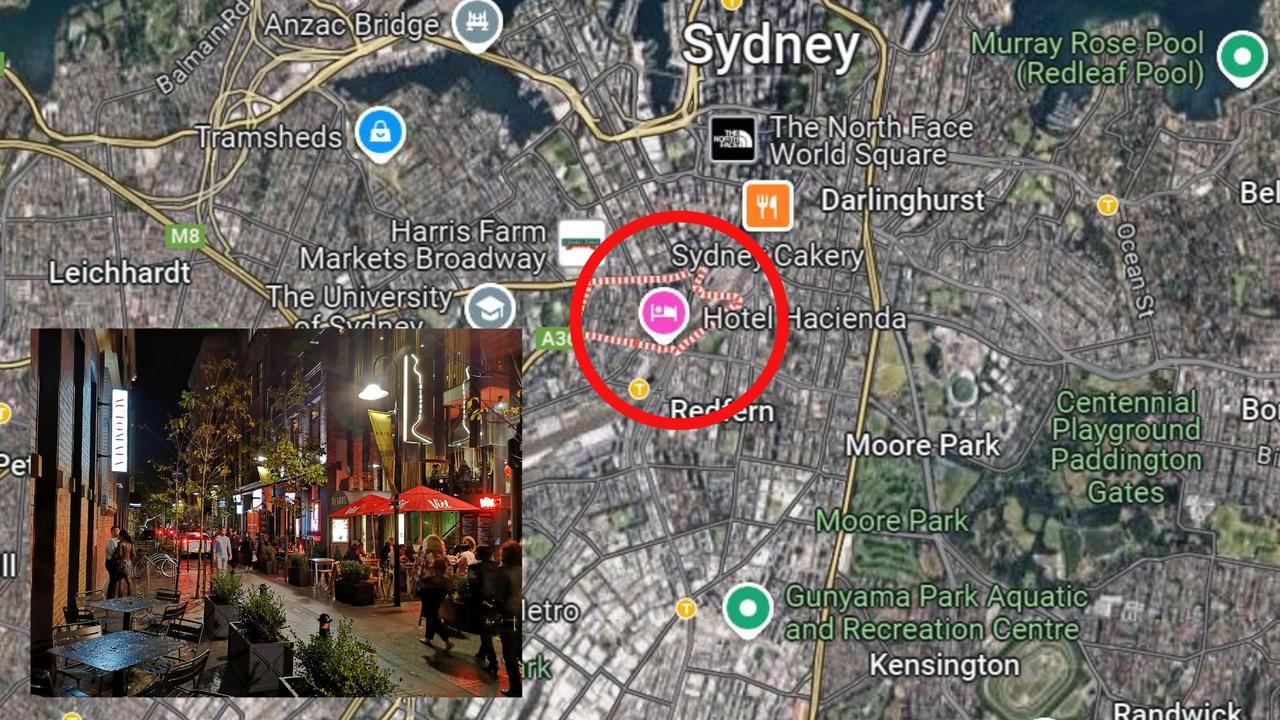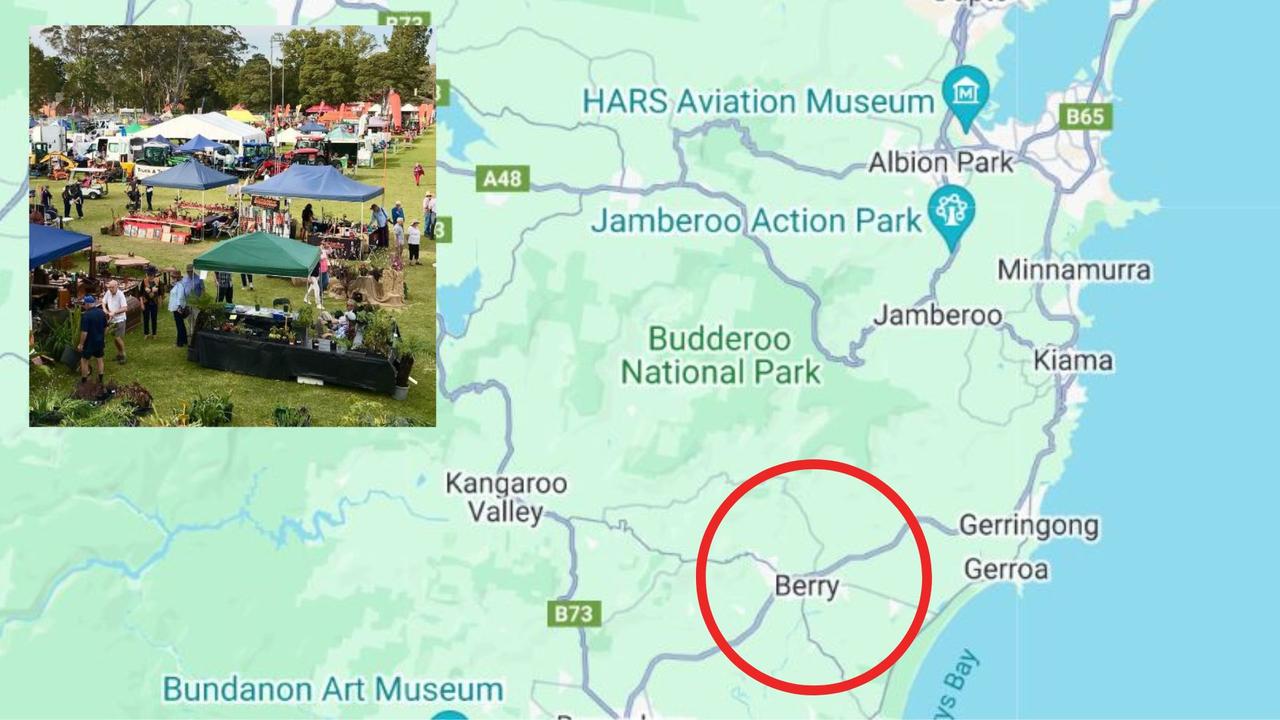The secrets of the world’s great wonders including the Taj Mahal, Angkor Wat, and the Eiffel Tower
THOUSANDS of people visit the Earth’s greatest sites every year, but many don’t know about what really goes on inside ...
FROM the Taj Mahal to Stonehenge, thousands of tourists descend on the world’s great wonders every year, but many leave without discovering the most intriguing tales behind their existence.
Here are the surprising facts — and local legends — behind eight of the Earth’s greatest sites, according to Lonely Planet .
1. Taj Mahal, India
This architectural stunner was 23 years in the making (built between 1630-53) and is admired for its perfect symmetry. Commissioned by Emperor Shah Jahan as a mausoleum for his wife, it’s the subject of a controversial and gruesome local legend. Many believe that Jahan ordered the hands of the builders to be chopped off once it was completed so they couldn’t create anything so beautiful ever again, although no written evidence of this has been found.

2. Moai, Easter Island
The placement of the series of massive stone statues at Easter Island is one of the great mysteries of the modern world. Weighing up to 74 tonnes and measuring up to 10 metres tall, how on Earth did the statues, which have been blamed for the demise of locals, get there? Latest evidence suggests that they were once walked from the quarries where they were carved to their positions up to 800 years ago.
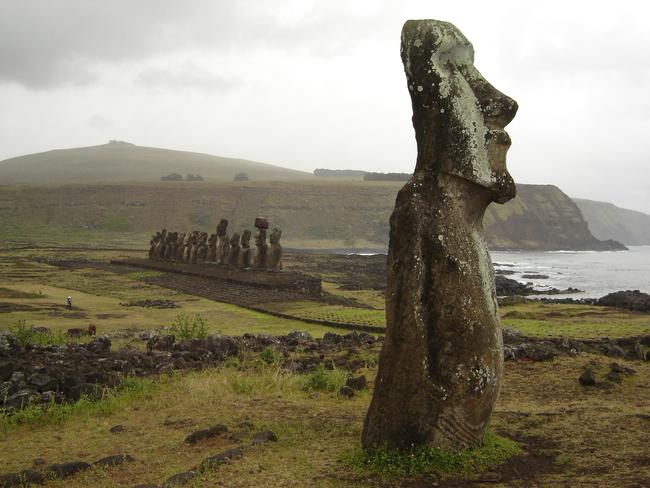
3. Machu Picchu, Peru
In a remarkable feat of 15th-century construction, the Incas flattened the top of the 2430 metre-high mountain to accommodate 140 structures, including temples and houses. They were forced to abandon the site a little more than 100 years after it was built in a bid to protect it from the incoming Spaniards, who never actually found it. It was then lost to civilisation for centuries.
So how did they get all the building materials up there? They hauled the blocks up by HAND, according to archaeologists who found protrusions on some stones, indicating they were gripped by the fingers of workers.
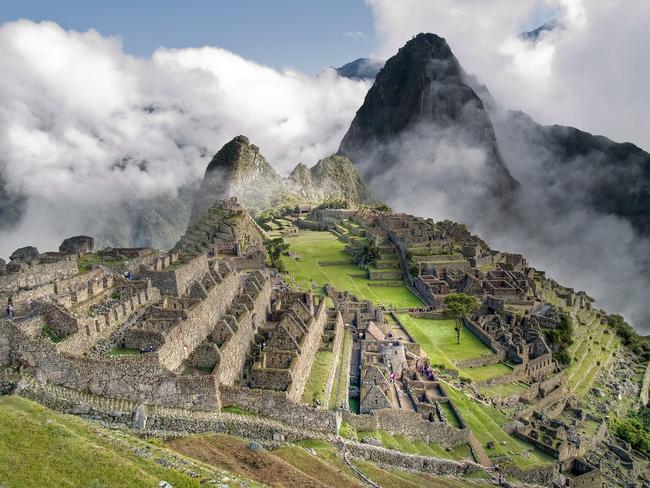
4. Burj Khalifa, Dubai
At 828m, it’s famous for being the tallest building in the world. But how can it resist the strong winds that hit the area? Well, surprisingly — it has wings. That’s right, the skyscraper features a “buttressed core”; three wings that are set at 120 degrees to each other and absorb the wind.
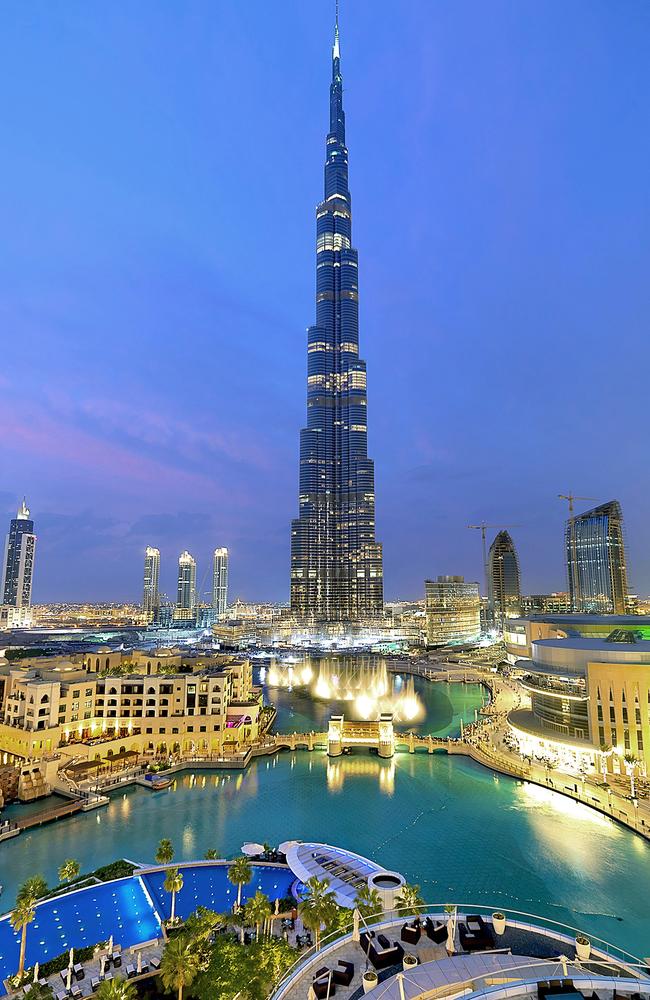
5. Stonehenge, UK
The mysterious Stonehenge was built in three phases between 3000 B.C. and 1600 B.C. for a purpose that remains unclear. Even aliens have been suggested as the creators.
According to recent evidence, it was constructed to celebrate midwinter, not midsummer as popularly thought. Most of the monuments are aligned to sunrise and sunset at midwinter.
Another theory is the site began as a giant burial ground for elite families. Archaeologists have found the remains of dozens of cremated bodies from about 3000 B.C., whose location was marked by bluestones.
It’s believed the bluestones were floated on river rafts then levered into a pit and lifted into place using scaffolding.

6. Khazneh, Petra
Initial theories that the 2000-year-old Khazneh was carved from the bottom up (due to the holes that run up either side of the facade), have been found to be untrue. These holes may have been created by vandals in the later years to gain access to the area.
In fact, a nearby unfinished tomb indicated that the ancient city, which has been featured in movies such as Indiana Jones, was carved from the top down.
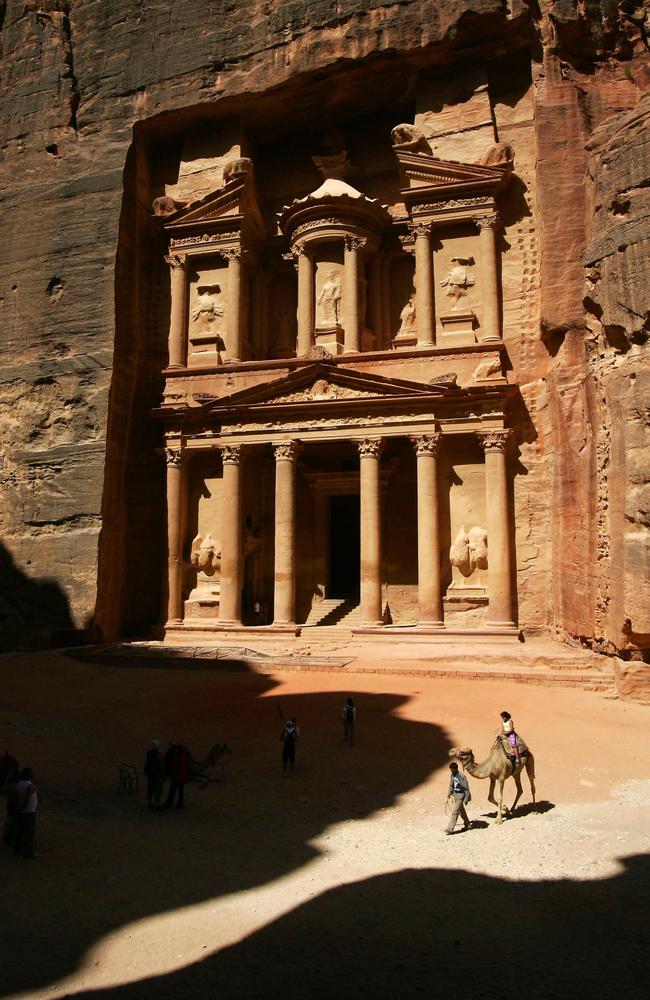
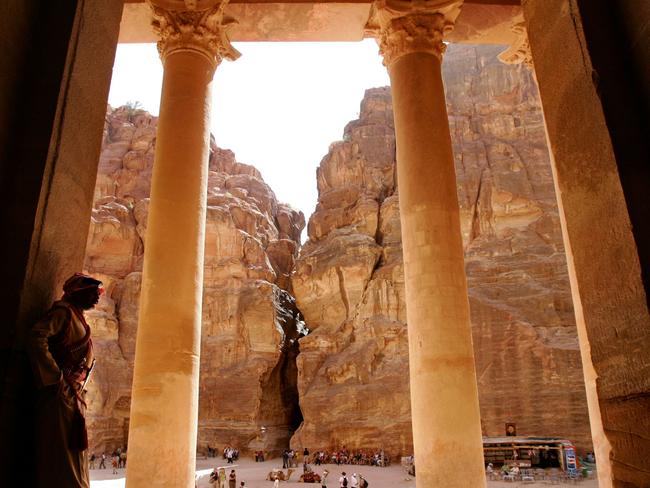
7. Eiffel Tower, Paris
There’s a more surprising side to one of the world’s most popular attractions. At 324m, the Eiffel Tower was used by the Germans during WWII as a radio antenna to send coded signals to their troops.
It also requires 50 tonnes of paint every seven years to keep it looking good.
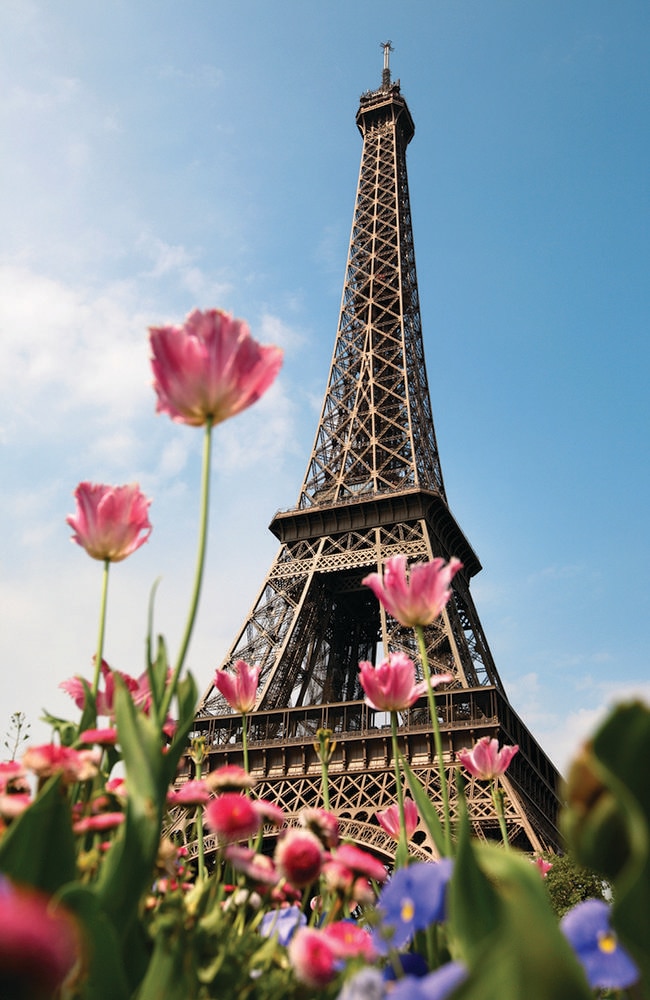
8. Angkor Wat, Cambodia
It took 300,000 workers 35 years to build this masterpiece. So did you know that the spectacular Angkor Wat’s moat is so big that is can be seen from space?

